The Stuttgart conference of Cities for Mobility this year represented an
important step forward in the construction of a well-defined agenda for new mobility that up until the present time has been sadly lacking. But what we have managed to develop over the last two decades is a certain number of basic principles spanning many different areas and kinds of operational situations, but somehow until now we have failed to put them all together into a well-defined, convincing operational and policy package. We think of this as the move toward a new paradigm for transport in cities – and it all starts with . . . slowing down.
A number of the colleagues made presentations in the context of the chosen theme during our two days together in Stuttgart, namely the concept of “social space”. And in the process they have helped us to understand that what we have defined as social space is something that is quite different from either the public or private space views of the city which are the usual optic. Through their presentations they have instructed, at least this observer, that this quite different way of looking at transport and space in the city can lead us to some important advancements in our own perceptions and understanding.
Today I would like to extract and comment on some of the graphics and thoughts that were developed by our colleague Carlos Felipe Pardo in his presentation to the congress which he entitled “The psychology of urban mobility”. I have extracted from his presentation three sets of images which I would now like to present you and comment briefly. (For the full presentation please click here.)
Diagram 1: Speed, impacts and the probability of death
Most of us here have seen this curve in various forms in our work, but no matter how familiar it may be its terrible message is one that all too often seems to be forgotten when it is time for cities and policy makers to figure out how they want to organize their day-to-day mobility systems.
If ever there were a clear, consistent, incontestable argument for our recommended policy for lowering traffic speeds in our cities within a consistent pattern, this diagram sums it all up. It illustrates why each of these three thresholds of 21st century thought-out city speed — namely, 15/30/50 km/h — need to be respected and put into the heart of transport policy and enforcement in every city on the planet.
What can I say? You either get the message or you do not. So for this diagram we can stop right here.
Diagram 2: Perceptions and speed
This one is in four parts which taken together point up Carlos’s central theme in his presentation, namely “it is all about how you perceive things”.
In this drawing what you see is the field of vision of a driver when he motors down that street at twenty-five km/h — basically he has a full view all of the people walking on the sidewalks. That is good.
But now what happens to his field of vision when he speeds up. have a look at how it narrows considerably and, if you think about it, dangerously as his speed increases.
Oops. And what happens when he steps on the accelerator and just adds five km/h to his previous speed?
Hmm. And only ten km/h more? (It all seems so reasonable. Only 10.)
Clearly a recipe for disaster.
Moreover it we bear in mind that this is in many ways a best case situation — that is one in which the sidewalks are clearly delineated and there may be a difference of coloration or surface which will somehow catch the drivers. And in addition to this there is the slight elevation that such sidewalks provide, every one of these people who are now well outside of our drivers field of vision are potential victims.
Were we in a situation in which the sidewalks were not there or somehow configured so that people must step into the traffic lane, we have here all the makings of an even greater and more likely tragedy.
Is Carlos getting through to you on this? Or should we just wait for a coffee break and then think about something less disagreeable?
One-minute movie
Against this background let’s have another look at that very short clip about . . . “a bare five miles per hour over the speed limit on a city street, and . . .+
And in closing, a thought from Donald Appleyard.
It is a terrible irony that this wonderful far-sighted man — right up there with Lewis Mumford and Jane Jacobs when it came to seeing clearly what very very few people were even able to perceive at the time — was killed by a car on a street. Life can be so unfair.
But in this last and very famous sketch, he shows us that, in fact, we the people are not stupid and that we do indeed modify their day-to-day behavior when confronted with new realities. (Though this does not mean that we like it.)
This famous sketch shows what happens when the public authorities permit speed increases on a street that he observed and counted in person. Light traffic: Leads to a daily life situation where you know and have contact with lots of people in your neighborhood. Heavy traffic: and not only do you no longer cross the street for a visit, but you rarely even go to visit someone living on your own side of the street. The increase in speed has destroyed neighborliness and human contact. It’s that simple.
Conclusion:
Thanks so much Carlos. Your excellent eye-opening presentation underlines and points up once again why we need to lower speed limits on our streets, and to my mind points up once again the validity of our 15/30/50 kph (or 10/20/30 mph) proposal for enhancing quality of life, safety, health and well-being in our cities.
It’s our choice, you know. All we have to do is take it!
- Eric Britton. World Streets. 12 July 2011
# # #
Cities for Mobility presentation by:
Carlos Felipe Pardo is a psychologist interested in transport. Mainly, any strategy that reduces the dependence to car use and improves access of all population to affordable transport modes. He has worked in urban transport issues in Asia and Latin America since 2002 in work that has involved organizational, advocacy and policy-related activities. He is Director of Slow Research, served as Country Director for the Institute for Transportation & Development Policy (ITDP) in Colombia and previously worked with a foundation in Bogotá as mobility coordinator and coordinated the GTZ Sustainable Urban Transport Project in Asia and Latin America. He can be reached at carlosfpardo @ gmail.com
# # #
World Streets: A New Mobility Agenda
Hacia un nuevo paradigma de transporte y movilidad en las ciudades. Conferencia en Stuttgart de 'Ciudades por la Movilidad'

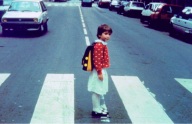
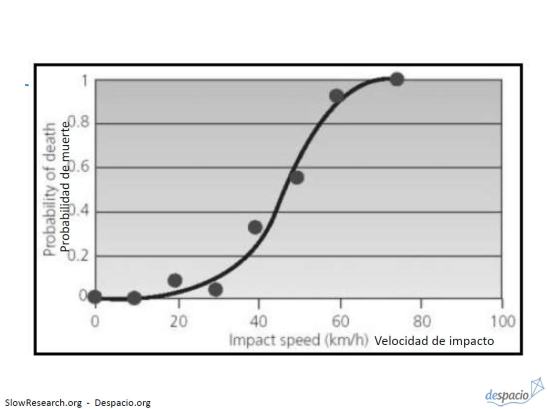
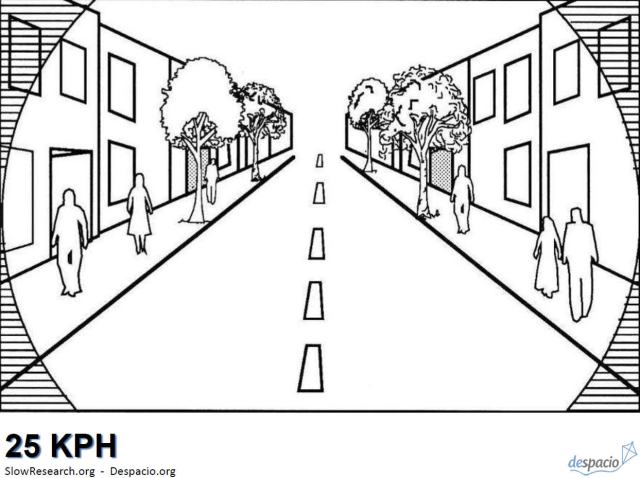

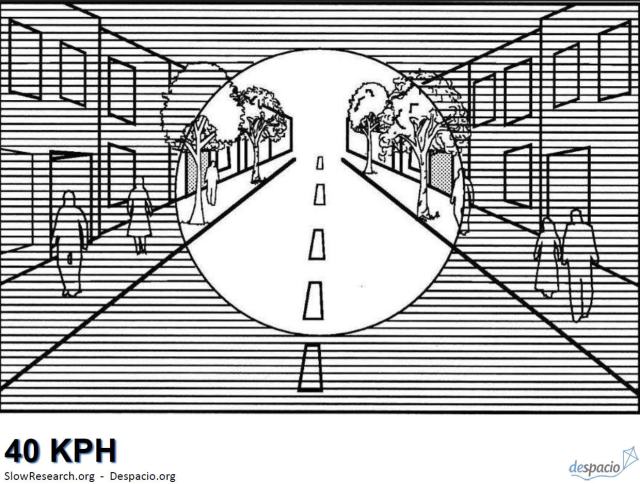
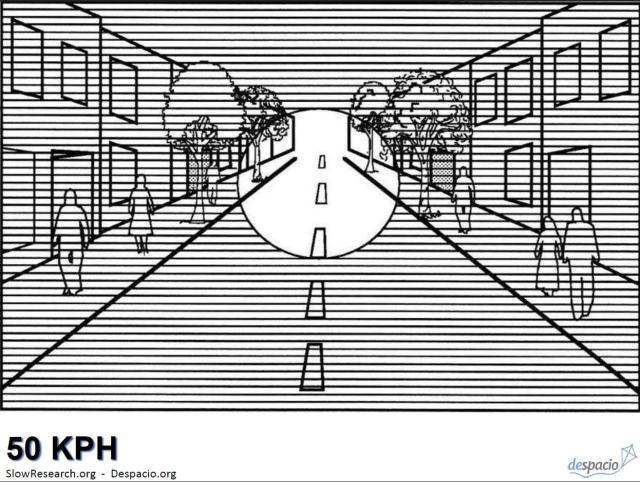
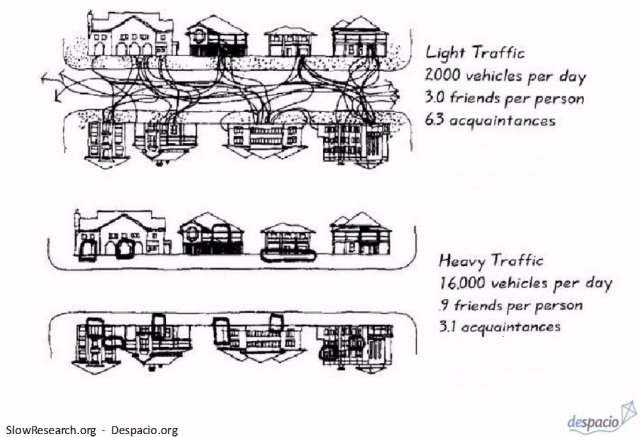
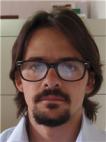

No hay comentarios:
Publicar un comentario